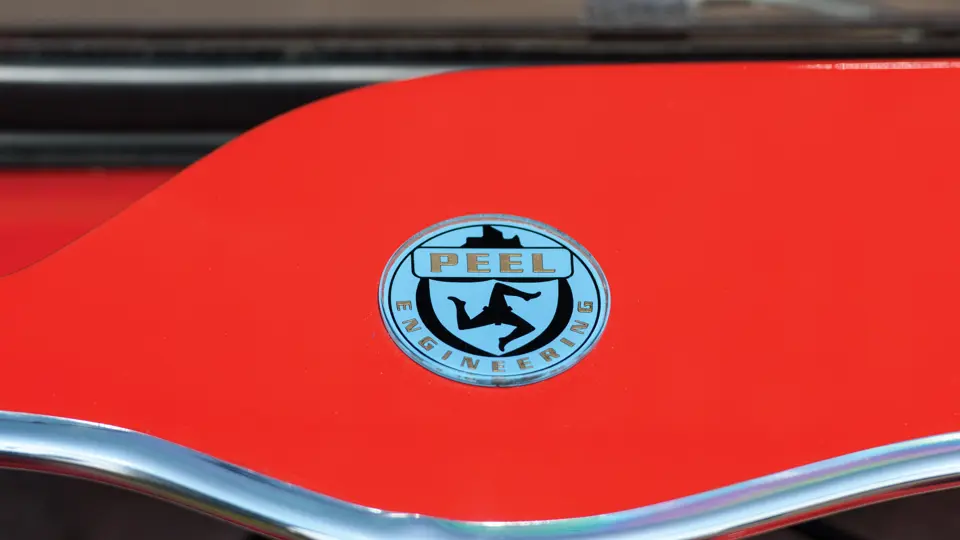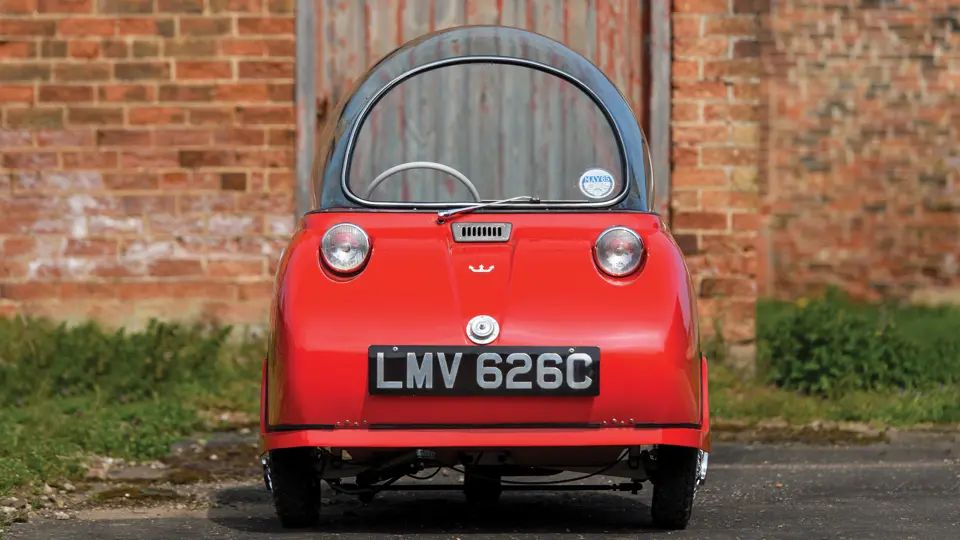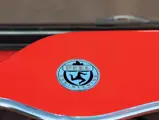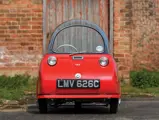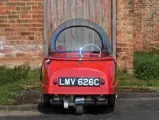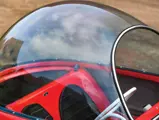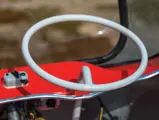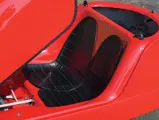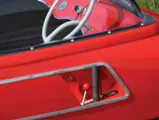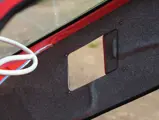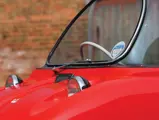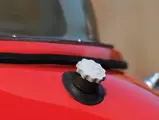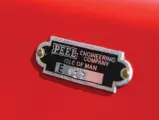
1964 Peel Trident
{{lr.item.text}}
$67,200 USD | Sold
{{bidding.lot.reserveStatusFormatted}}
- One of the first ten Tridents built of approximately 86 in total
- Extensive documentation by the consigner and former Peel employee
- Appeared in Top Gear magazine and website
- Subject of a commemorative stamp for the Isle of Man
- The world’s smallest production “passenger” car
The Peel P50 was built in 1963 and 1964 by Peel Engineering, Ltd., in the town of Peel on the Isle of Man. Reputed to be the world’s smallest car, the diminutive fiberglass single-seater was and still is a marvel of space efficiency. Although exact numbers are not known, estimates are that some 55 were produced, with the vast majority being sent to the UK mainland to three dealers—Kings of Leeds; Car Distributors Ltd. in Cardiff; and Two Strokes Ltd., Church Road, Stanmore, Middlesex.
The little company ceased building the P50 and began production of a two-seater passenger version called the Trident between late 1964 and very early 1966. It is estimated that 86 were built in total, of which it is thought that only 10–15 examples remain. In late 1964, the first ten Peel Tridents, five red and five blue, were sent to Two Strokes Ltd. Thanks to exhaustive research by the consigner and others, including George Gelling, the retired factory foreman of Peel Engineering, this example has been confirmed as one of those 10 cars.
The pocket-sized vehicle, measuring just 72 inches long, is powered by a 49-cc DKW fan-cooled engine driving the rear wheels by chain via a three-speed gearbox. The claimed consumption of nearly 100 mpg gives credence to the marketing mantra “almost cheaper than walking.”
This Peel Trident has known ownership history dating to the consigner’s uncle, when it was just a few years old. It was acquired from him in the late 1990s and was restored by the consigner between 1998 and 2002. It has appeared in Top Gear magazine as well as the Top Gear website; it has even been the subject of a commemorative stamp issued by the Isle of Man in 2006, as well as being featured in the book P50: Peel Engineering’s Extraordinary Legacy. It is arguably the best documented Peel Trident in existence, and the consigner’s extensive documentation is available for review.
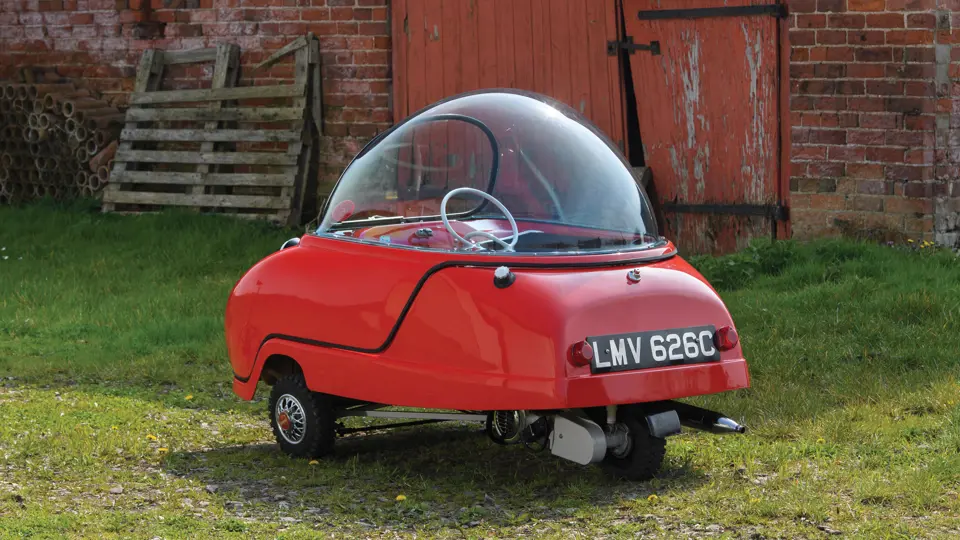

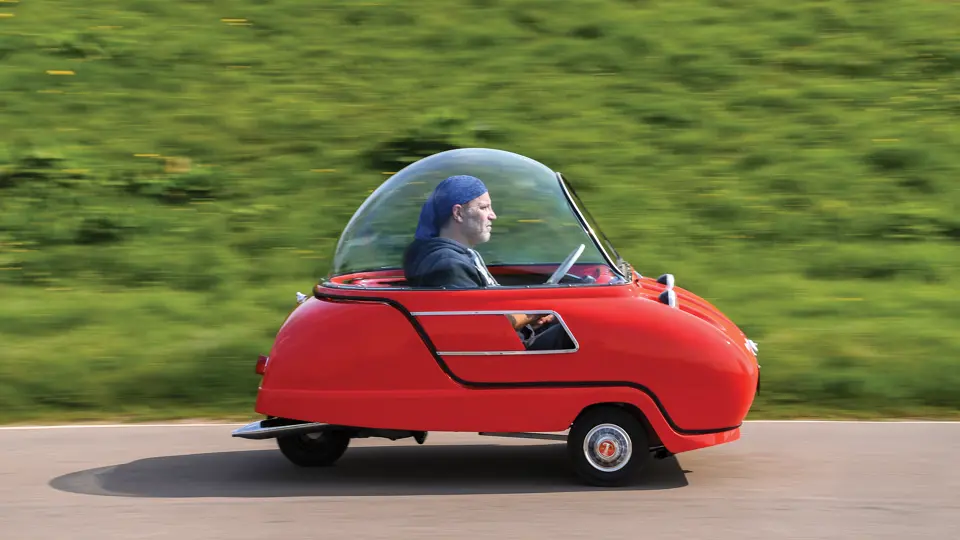

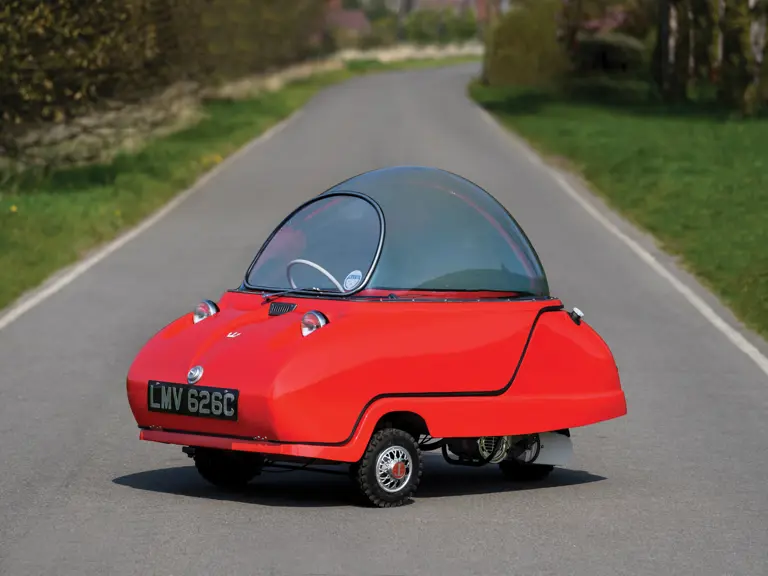
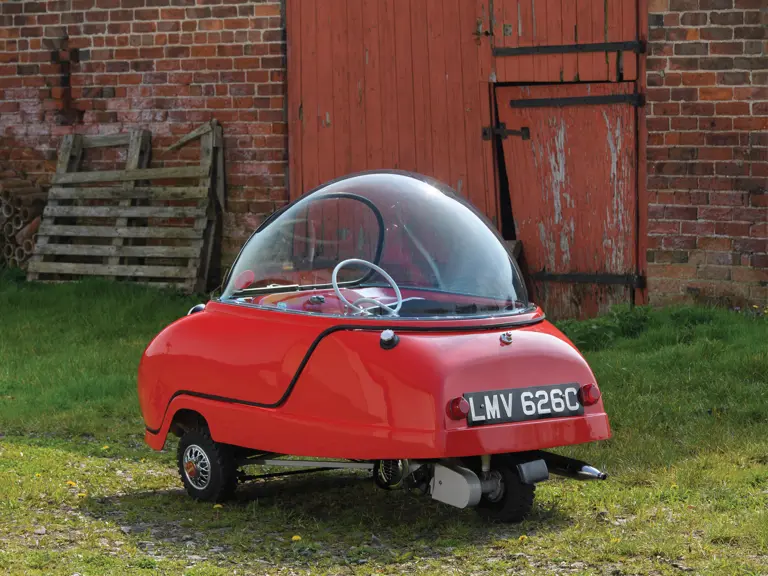
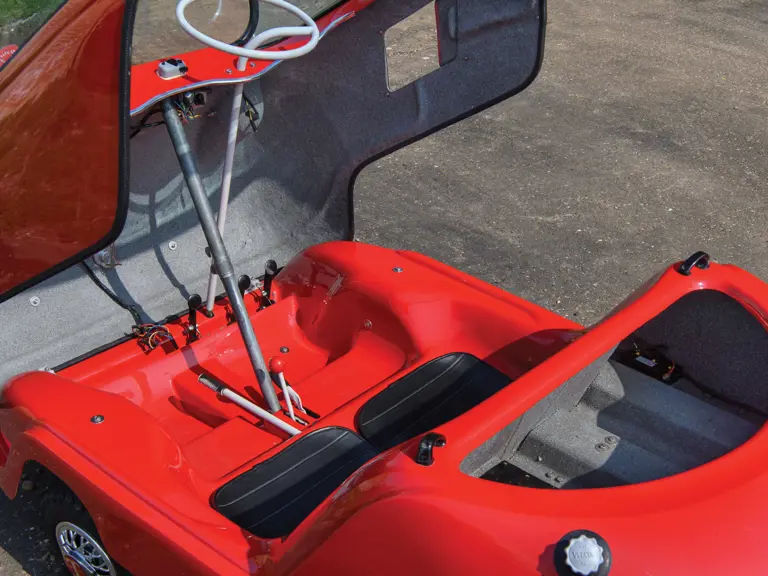


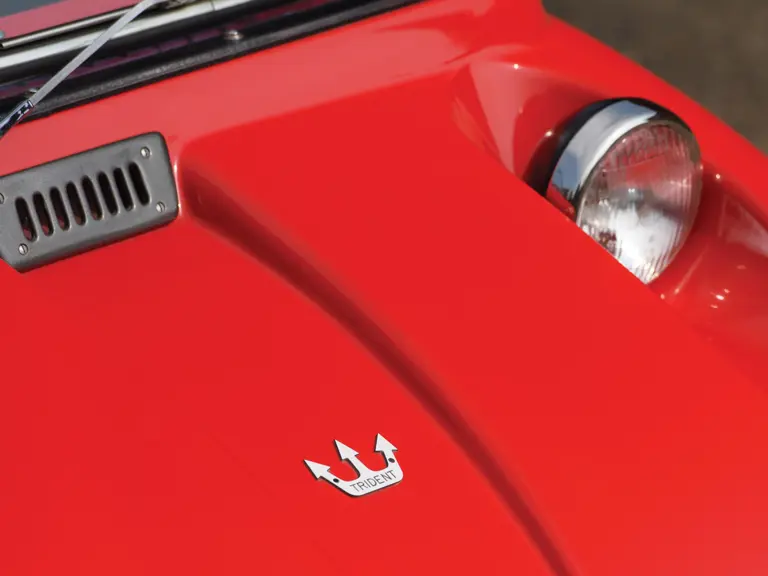

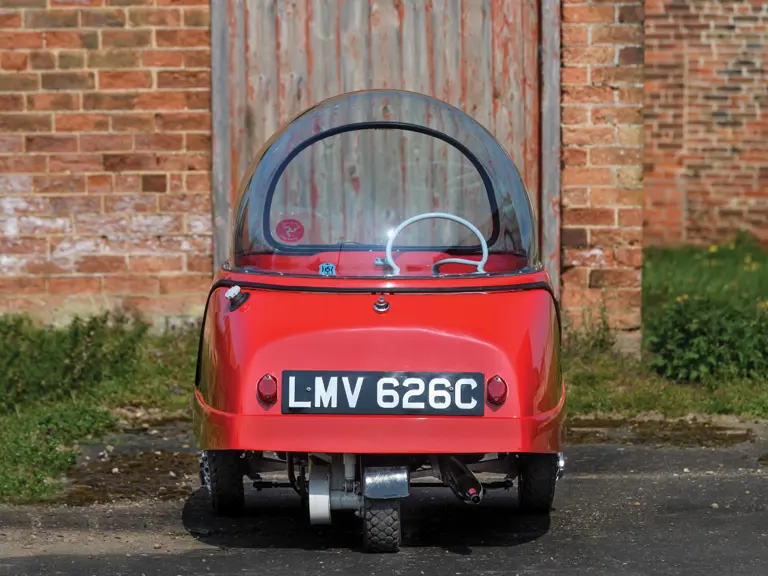
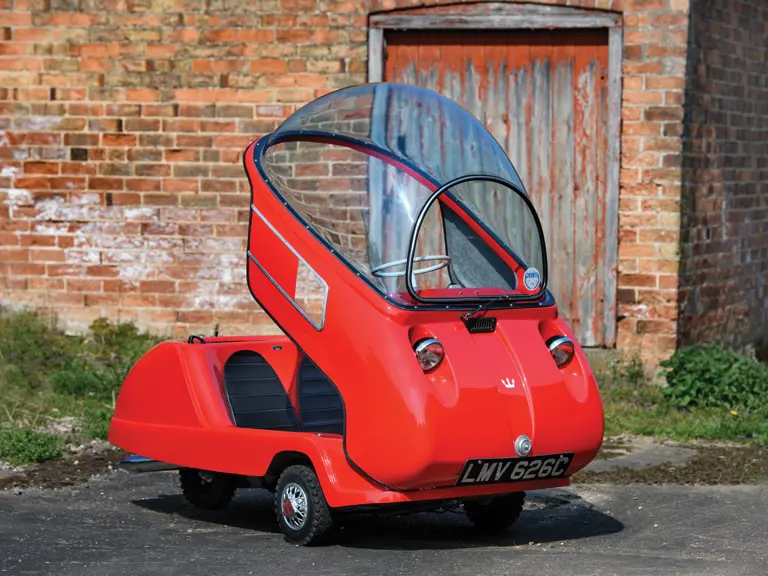

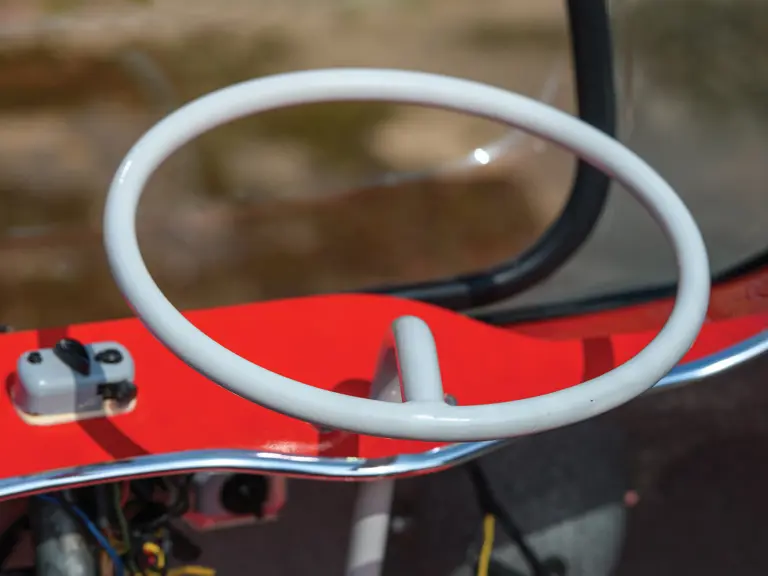
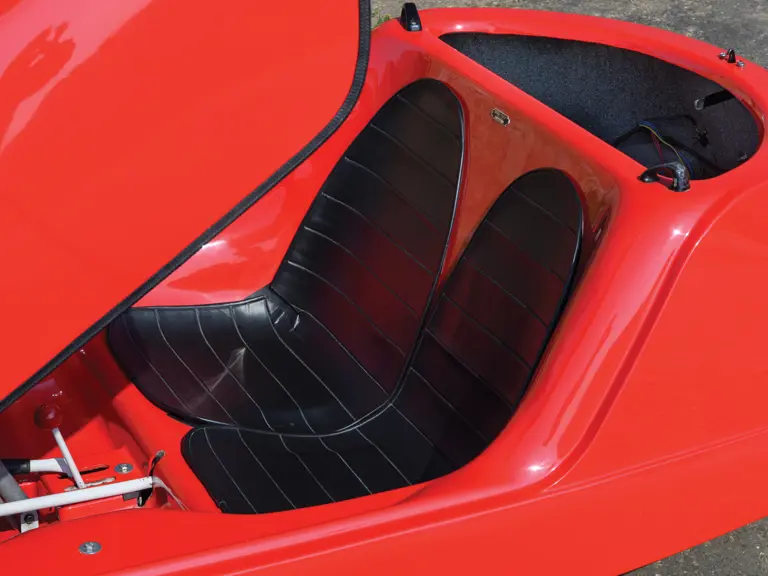
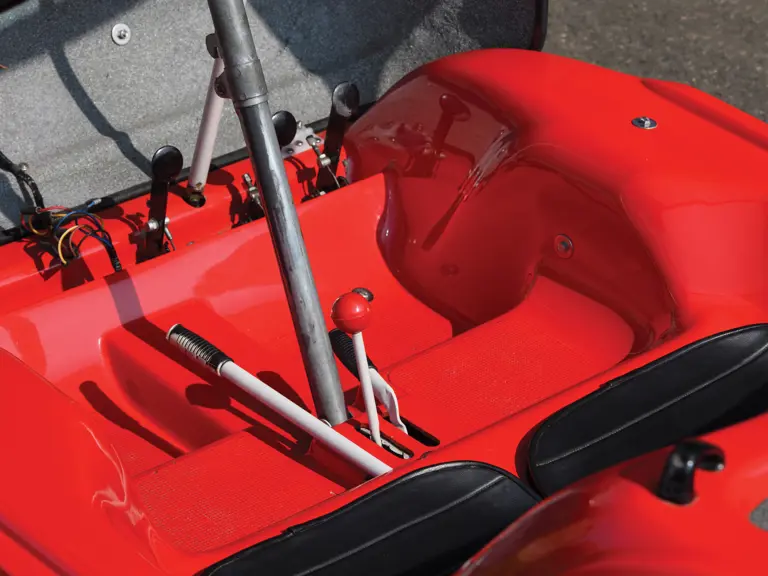
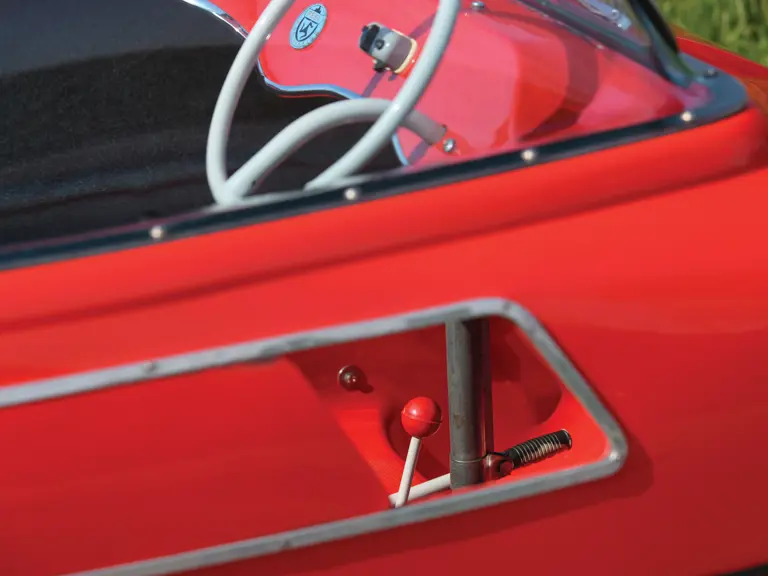

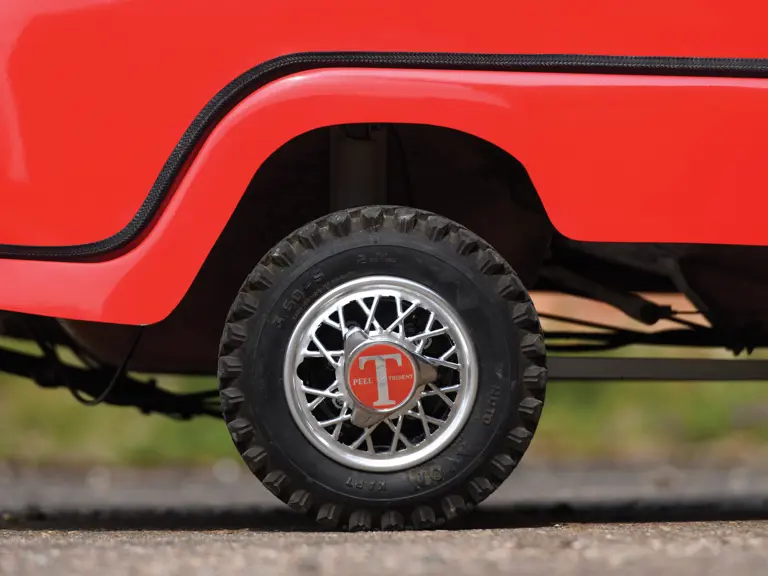
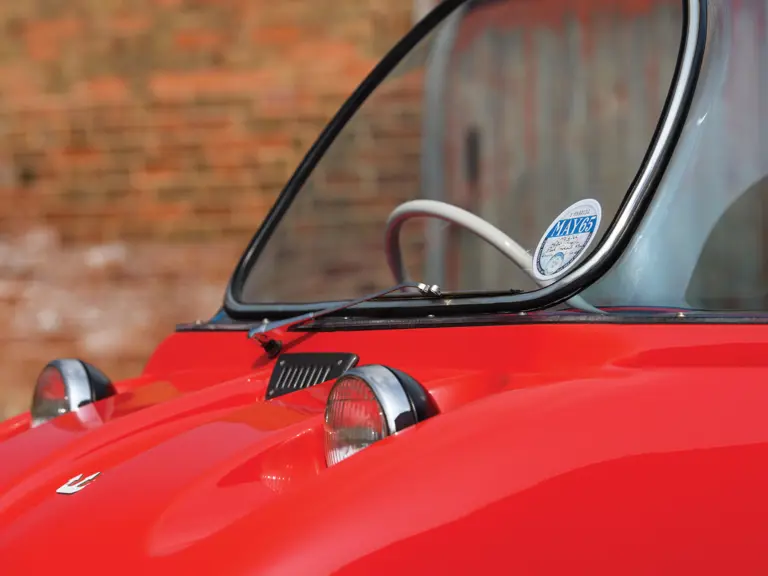
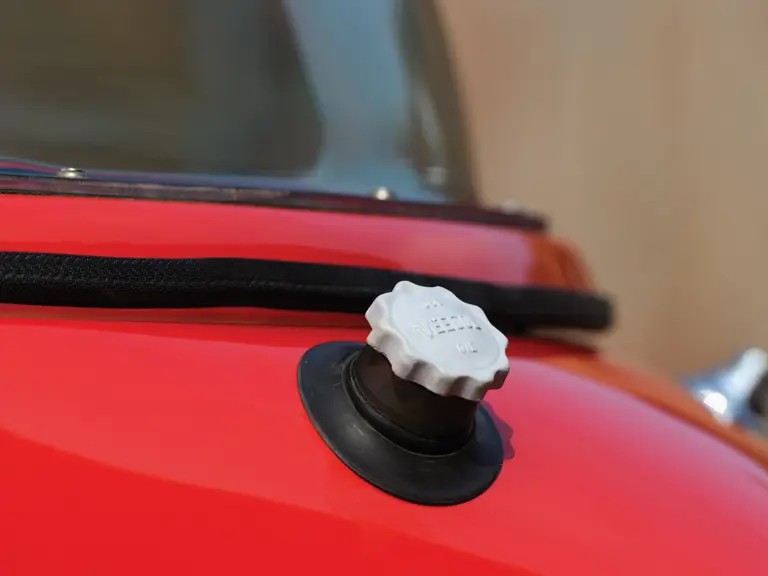
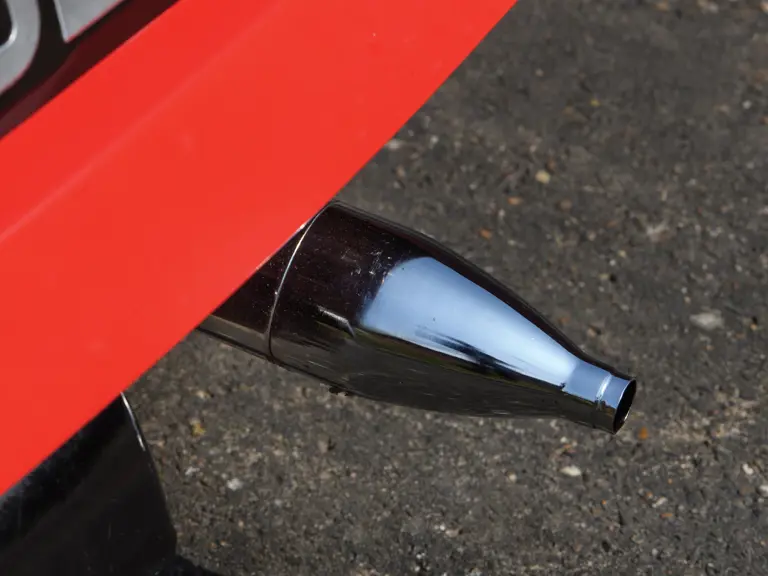
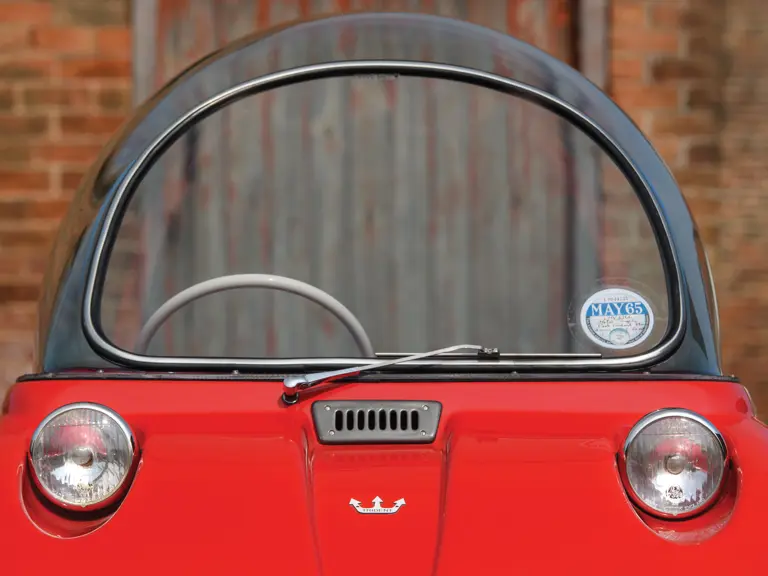
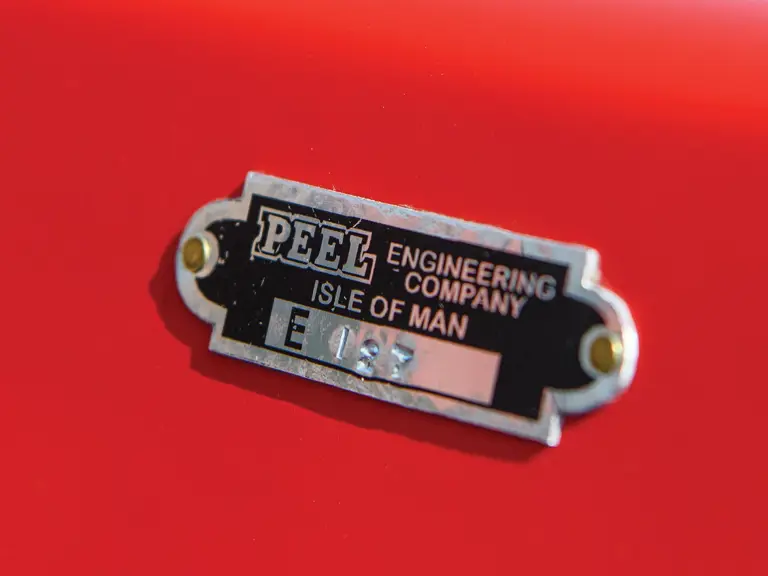
 | Monterey, California
| Monterey, California
